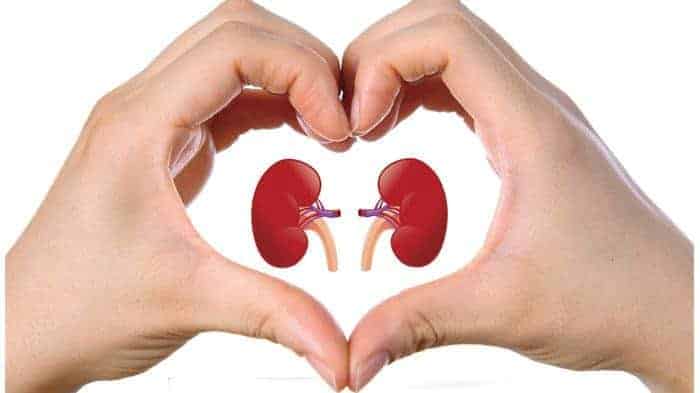You’re Not Eating Meals—You’re Snacking, and You Don’t Even Realize It
The traditional structure of breakfast, lunch, and dinner is fading as more people graze throughout the day. Busy schedules, the rise of remote work, and the easy availability of convenient foods have fueled this shift. What once were set mealtimes are now replaced by frequent, smaller eating occasions. Snacking has gradually become the new normal for many, altering how we approach food and nutrition.
The Disguised Snack: Coffee Shop Purchases
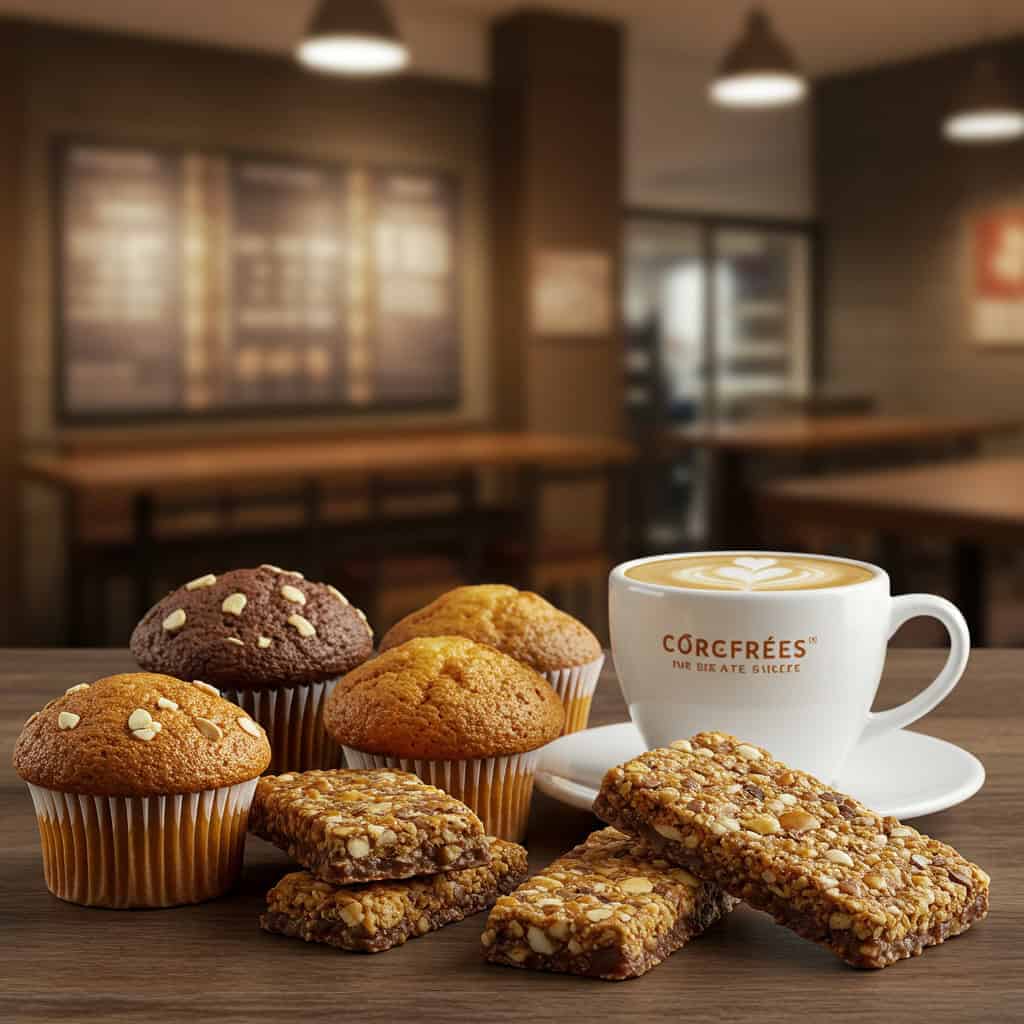
A quick stop at the coffee shop rarely means just coffee—pastries, muffins, and breakfast bars are tempting add-ons that turn a simple beverage break into a snack session. These seemingly small treats can rival or exceed the calories of a full breakfast, often without the eater’s awareness. Coffee shop snacks can significantly contribute to daily caloric intake, blurring the line between meals and snacks.
‘Healthy’ Snack Foods That Add Up
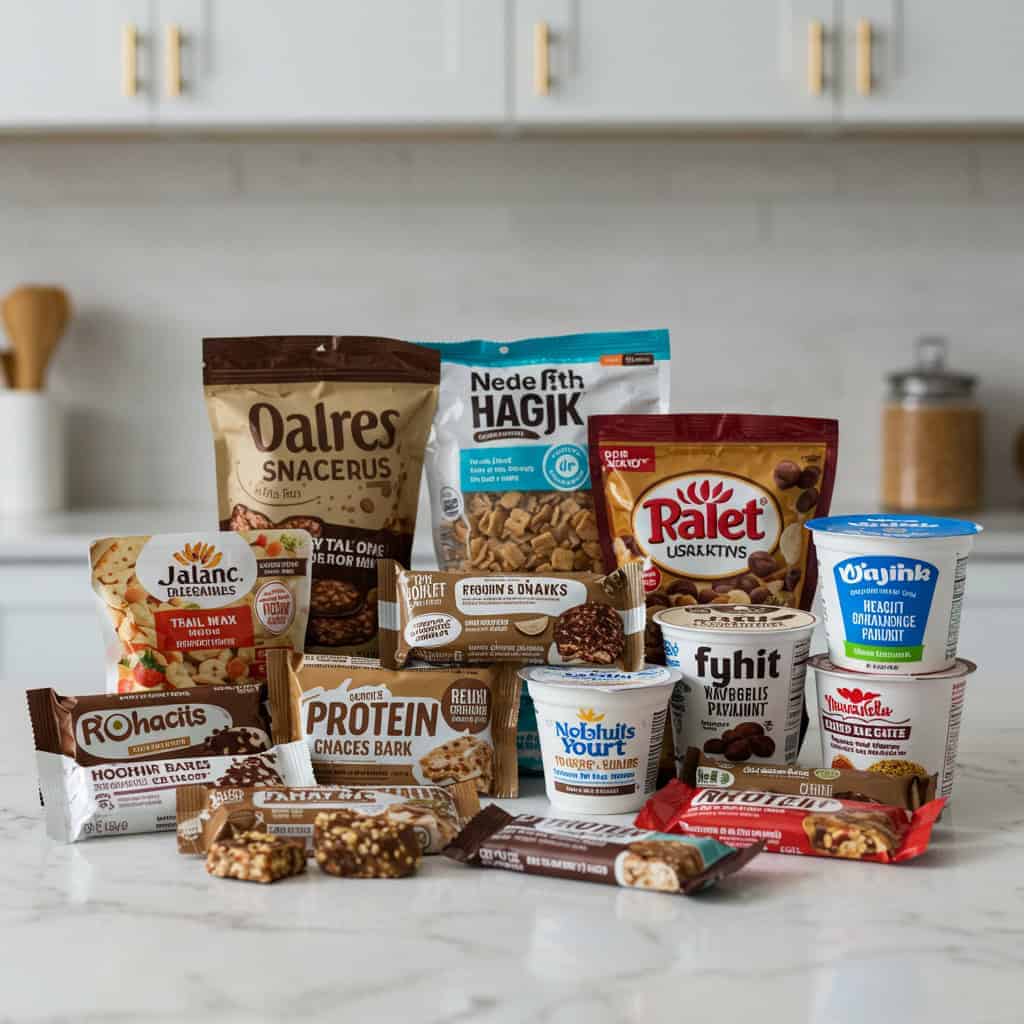
Snack foods like protein bars, trail mix, and yogurt cups are often marketed as healthy options, making them appealing between meals. However, these snacks can pack a surprising amount of calories, sugar, and fat, especially when consumed mindlessly or in large portions. Over time, these “healthier” choices can significantly impact daily nutritional intake. Even nutritious snacks can undermine healthy eating goals if not consumed in moderation and with awareness.
Grazing While Working or Studying
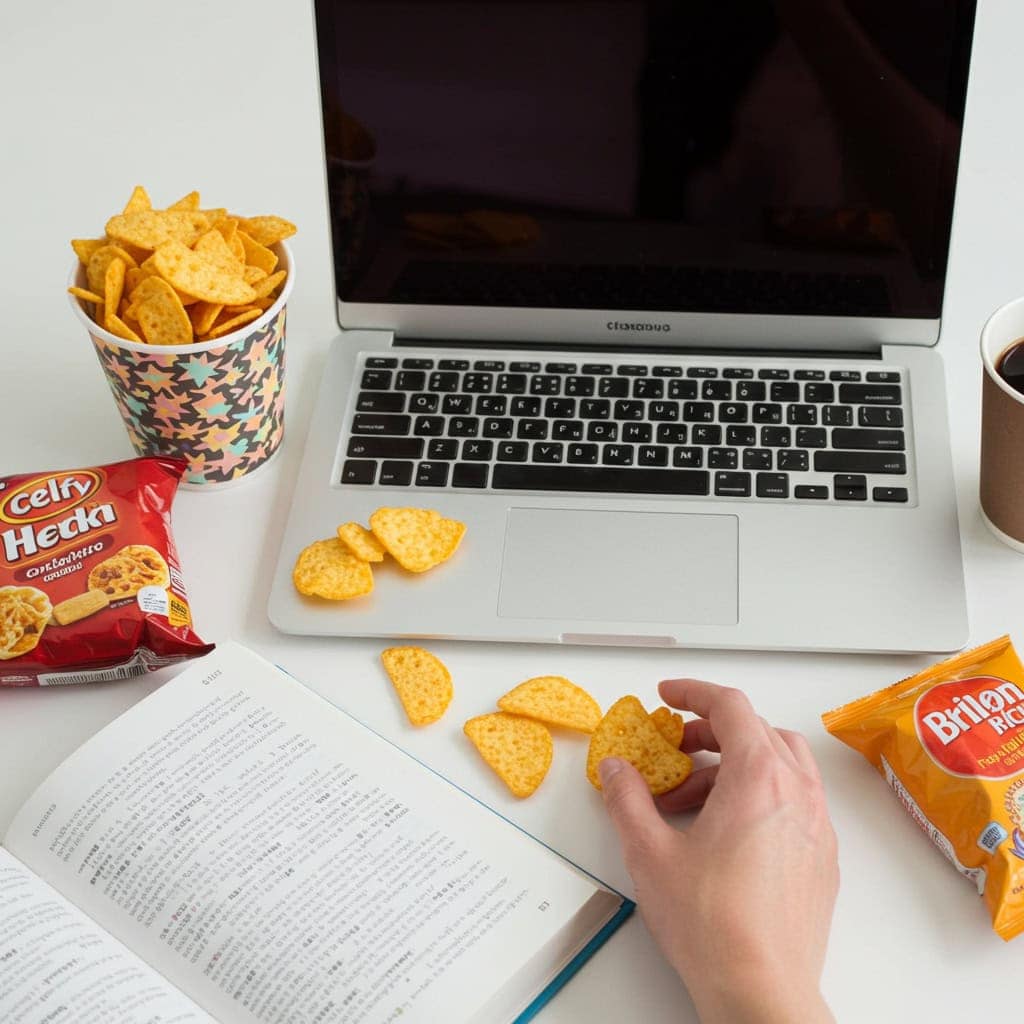
Many people keep snacks within arm’s reach while working or studying, leading to continuous, unconscious nibbling throughout the day. Unlike mindful meals, this distracted eating often goes unnoticed and can result in overeating. Research has shown that multitasking while eating impairs memory of food consumption and increases total intake. Distracted eating can significantly affect appetite regulation and overall calorie consumption.
Social Snacking: Meetings and Gatherings
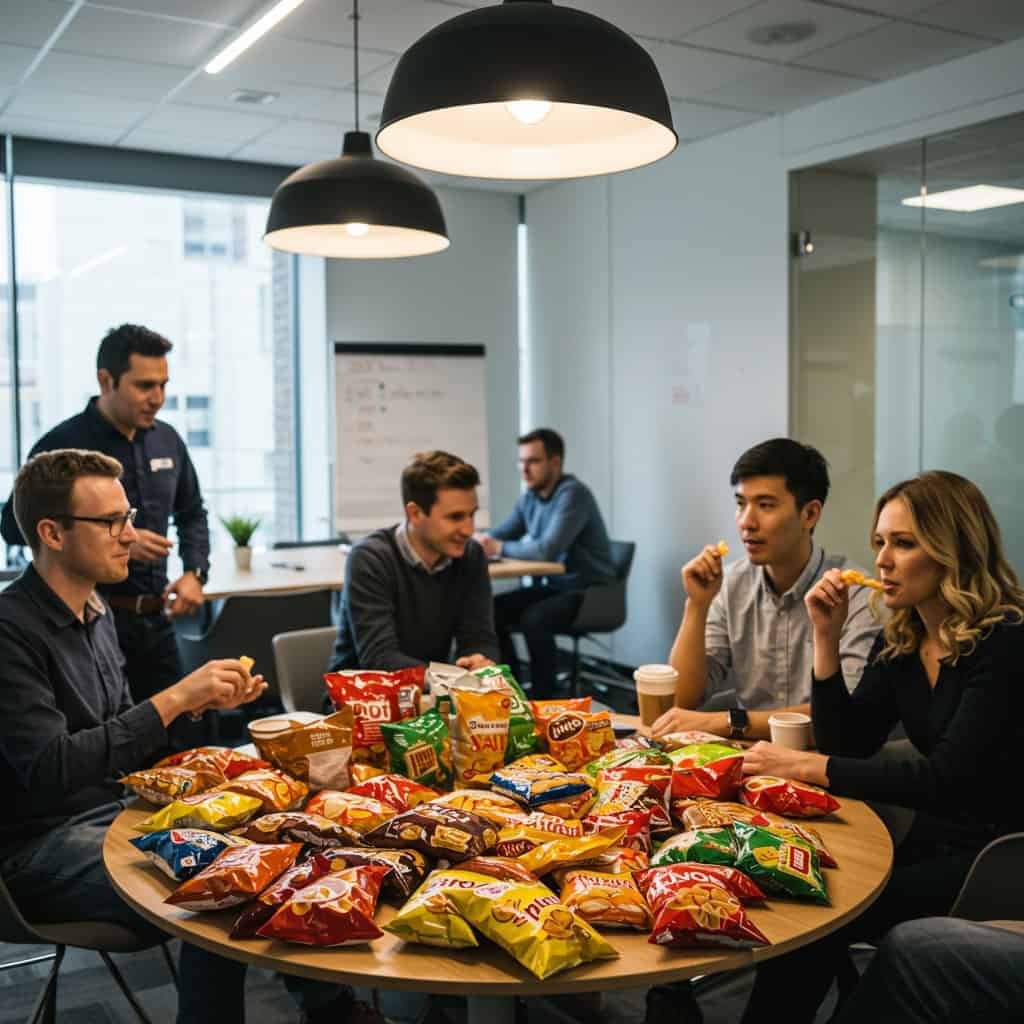
Snacks are often the centerpiece of office meetings, parties, and casual get-togethers, encouraging people to eat without paying attention to hunger cues. Unlike structured meals, social snacking usually happens while chatting or multitasking, making it easy to lose track of how much is consumed. These environments can promote mindless eating, contributing significantly to daily caloric intake without providing true meal satisfaction.
The Midnight Snack Phenomenon

Late-night trips to the fridge or pantry are common, with many people reaching for snacks as a form of reward or to combat boredom. Unlike planned evening meals, these midnight snacks are often spontaneous and can lead to excess calorie consumption. Late-night eating tends to involve less nutritious choices and may disrupt sleep, especially if the snacks are high in sugar, salt, or caffeine.
Kids’ Meals: Mini Meals for Adults?

Many adults gravitate toward foods traditionally served to children, such as chicken nuggets, cheese sticks, and snack plates, effectively turning meals into larger snack sessions. These options are often quick, easy, and comforting, but they blur the distinction between a proper meal and snacking. Portion sizes tend to be smaller, and the foods themselves are typically finger-friendly, mirroring classic snack consumption. This trend highlights the growing appeal of convenience over traditional meal structure.
Eating on the Go: Car Snacks and Errands
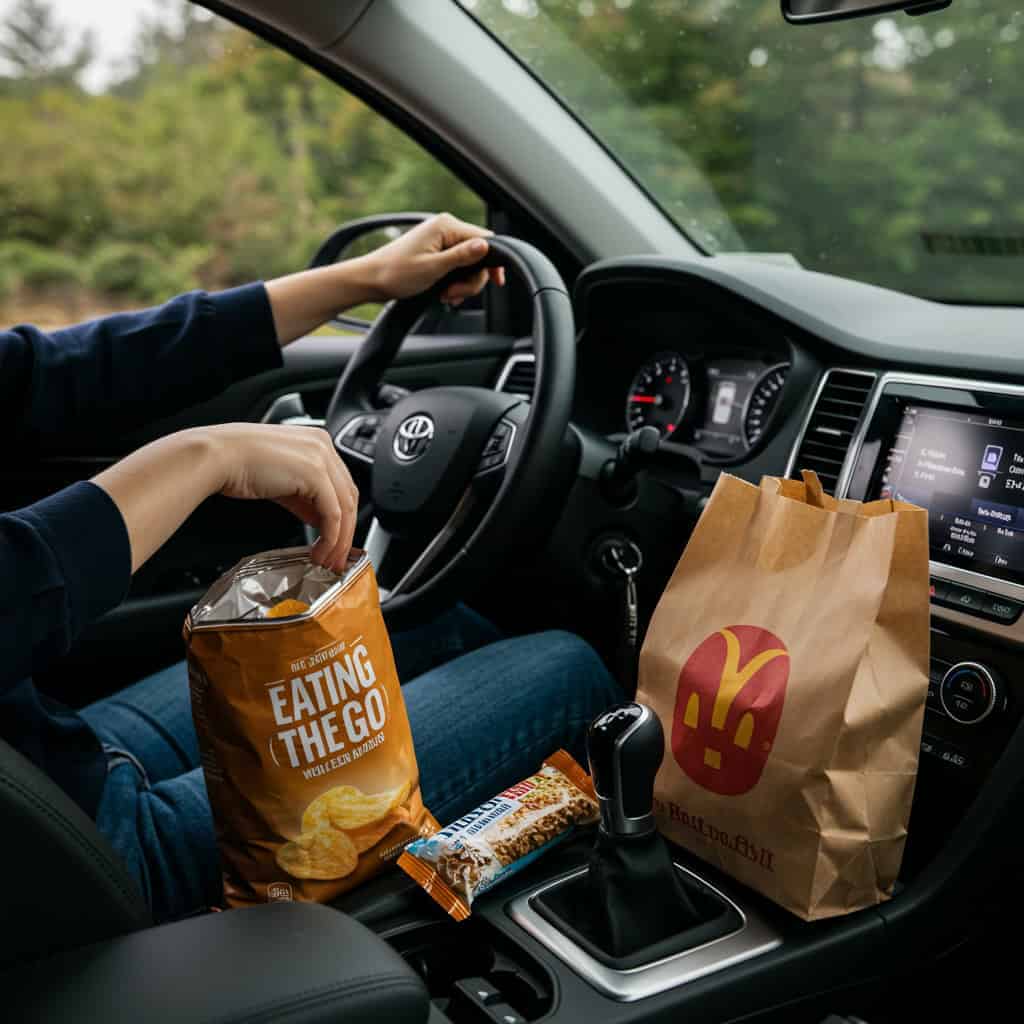
Eating while driving or running errands—grabbing chips, granola bars, or fast-food items—has become a common routine for many. Unlike sitting down for a meal, eating on the go often leads to rushed, less mindful food choices and can make it difficult to recognize fullness. This habit not only promotes overeating but can also negatively affect digestion, as the body is less focused on processing food while multitasking.
Digital Distractions: Snacking with Screens

Snacking while watching TV, scrolling through social media, or gaming often results in mindless eating, where portion control and hunger cues are easily ignored. This contrasts sharply with the focus and conversation of traditional family meals. Eating in front of screens can cause people to consume significantly more food, increasing the risk of overeating and making it harder to track actual intake.
The Impact on Health and Mindfulness
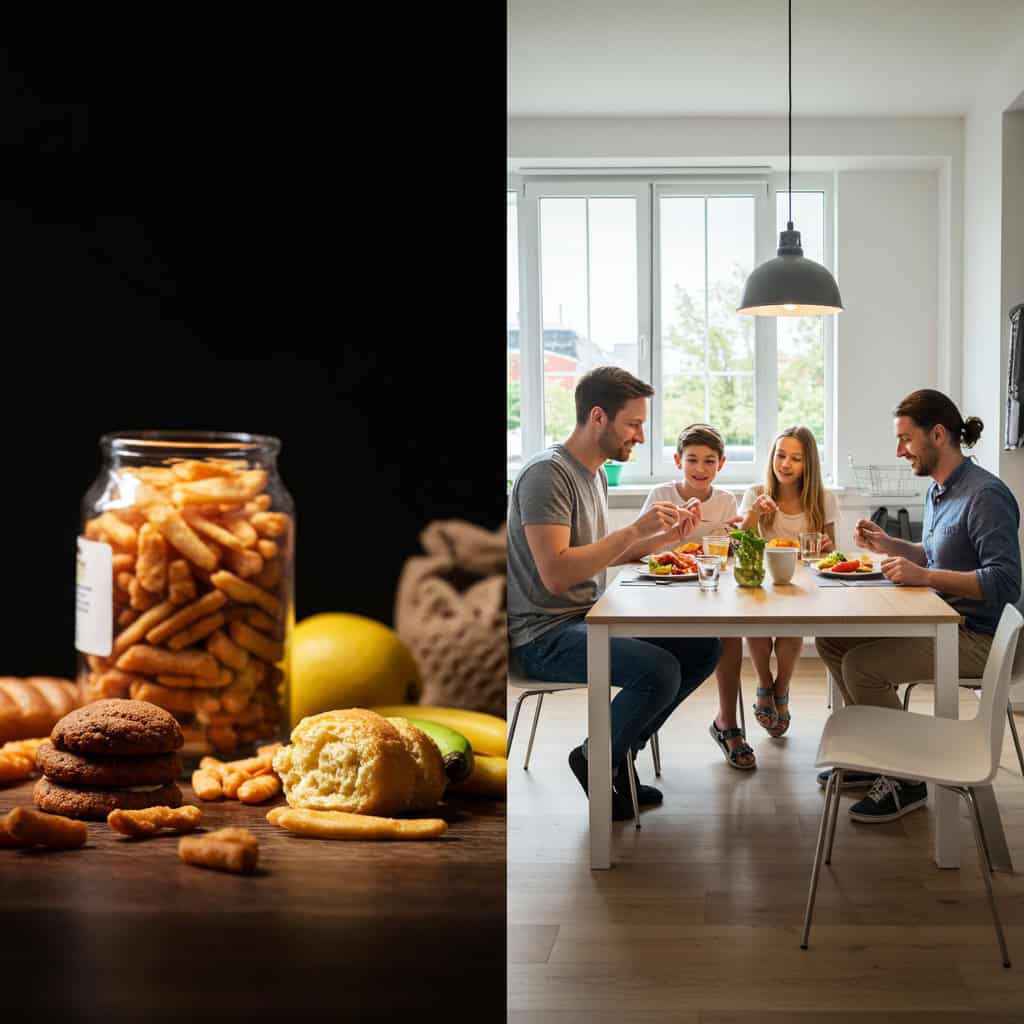
Frequent, unstructured snacking can disrupt metabolism, contribute to unwanted weight gain, and diminish overall food awareness. Research suggests that eating more often throughout the day, especially on processed or sugary snacks, increases the risk of exceeding recommended calorie and sugar limits. In contrast, cultures with structured meal times tend to have healthier relationships with food and better health outcomes.
.article-content-img img { width: 100% }
